Connecting Flow to the real world – Flows can now be triggered directly from physical buttons
Flow, IoT, and in between
Today I’m happy to introduce a highly-anticipated milestone: Flow users can now trigger their workflows using physical buttons. This capability comes as a first step of connecting Flow to the real world, to enable leveraging MS Flow for so many more business scenarios. The breadth of services which Flow can connect to, and the depth of Flow logic you can apply – all behind a physical button.
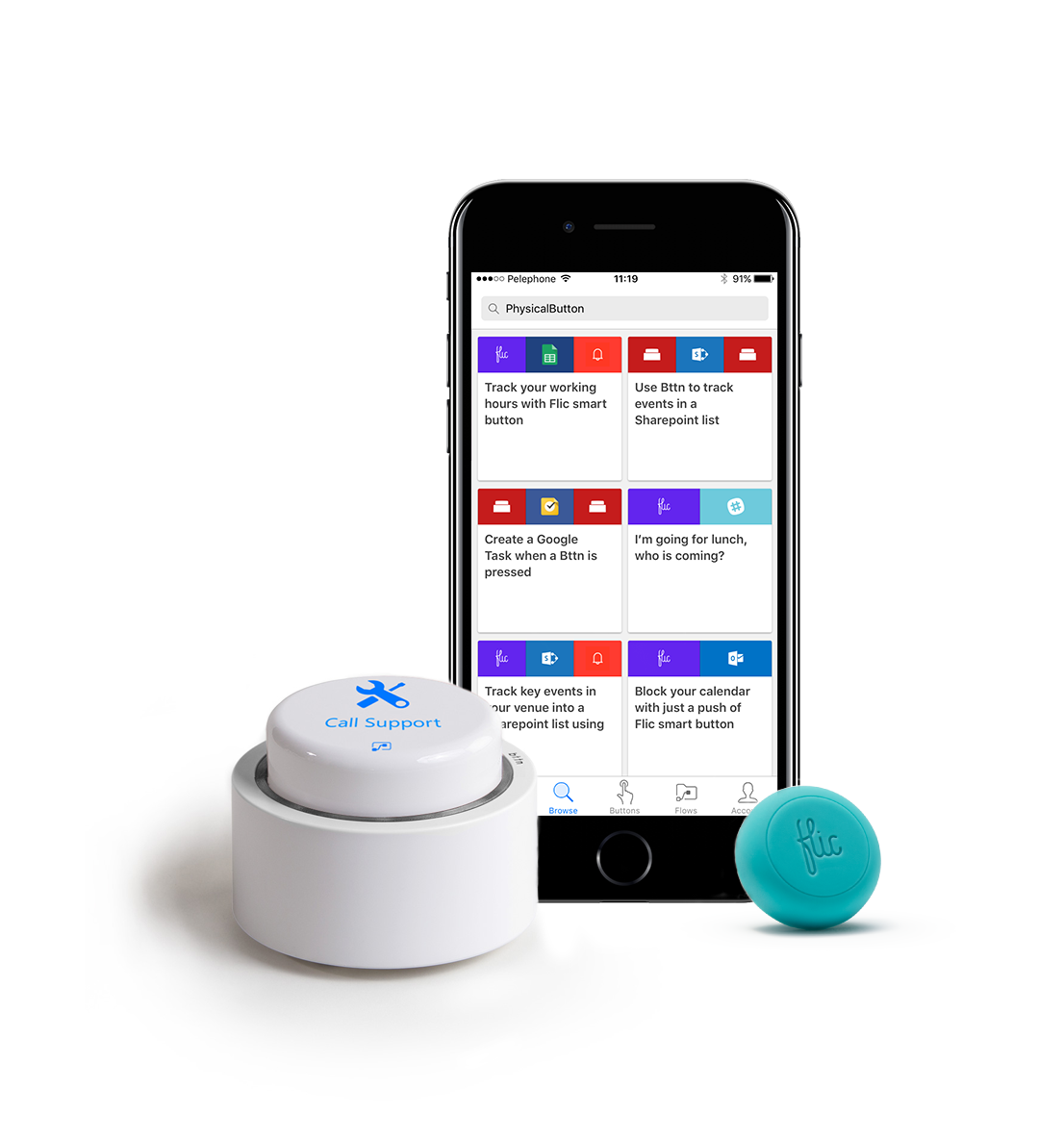
As a recap, until today you could use Flow Buttons to trigger flows on demand directly from your Flow Mobile app or website (App available on iOS, Android, and Windows Mobile coming soon). Just check out some of our Flow button templates here.
And now, you can trigger on demand flows using physical buttons! Dramatically simplifying your workday – placing repetitive work tasks behind a single button, and drastically reducing the time you or your employees will spend on them.
Need a simple way to order more inventory in a production floor? Push the button. It will create a PO with approval in your CRM.
Need a simple way to call Tech support in a conference room? Push the button. It will dispatch a mail to your support team, or open a support ticket in your system.
Need a simple way to track your consulting work hours for various companies? Push the button. It will log your hours and location in an Excel file or a Google sheet.
Need an effortless way to keep track of product sales at a customer touch point? Push the button. It will update a dedicated Sharepoint list.
The use cases are endless.
Microsoft is delivering these capabilities through partnerships with two of the leading products in the physical button space, each with its strong and unique business value: Flic by Shortcut Labs, and Bttn by The Button Corporation. Check out our Physical Button templates here.
Bttn by The Button Corporation
Bttn is a powerful physical button which has built-in internet connectivity and operates without utilizing a smartphone or pairing with an app. “In the ever-expanding and complex forum that the internet has become, interface design has become increasingly important. Bttn was developed as the human interface to the internet,” says Juuso Pesola, CEO of The Button Corporation. He continues: “It provides shortcuts to various internet services, and together with Microsoft Flow, it’s easy for anyone to create actions that trigger entire business processes.”
Lets take for example an IT support call scenario: You have various conference rooms at the office, and occasionally a projector stops working, or a network is down. Naturally this always happens at the most inconvenient time, when you don’t have a minute to spare. With a button in each conference room, simply push it to start a support ticket and alert IT of a problem in your location. No need to pick up a phone or log into a support system, just press a button.
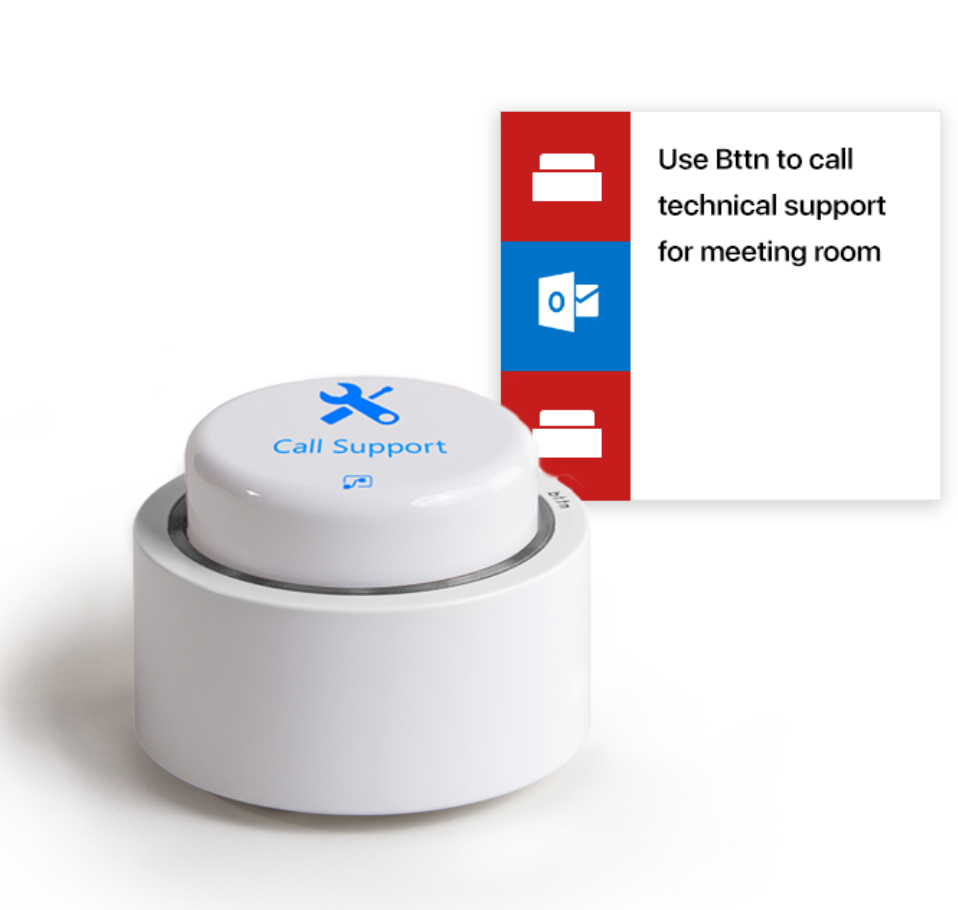
For our ‘Call support’ scenario, you can set up your Bttn with the relevant name (in this case it can represent the room name), and map it to a “Microsoft Flow” Action:
Read more on how to register and configure new Bttns in MyBttn website.
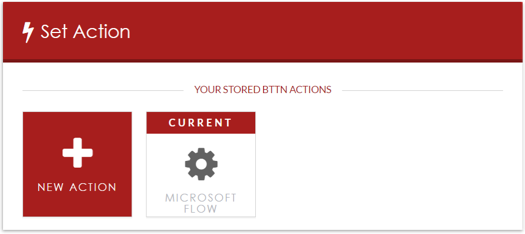
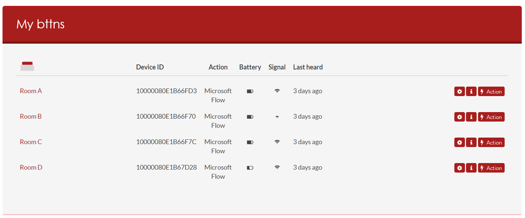
In Flow, for the support example we will choose this template. When selecting the trigger for Bttn, you will see in your list all your Bttns registerd on your account.
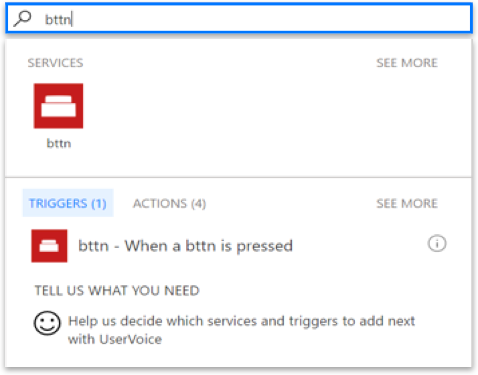
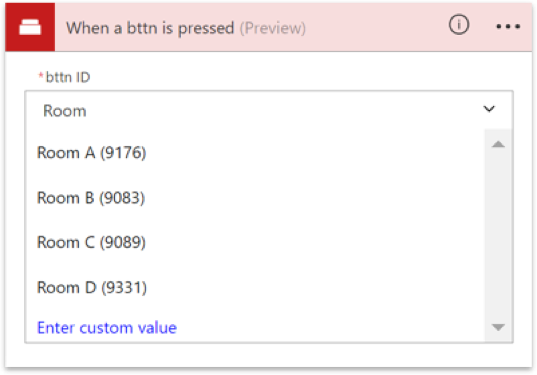
Select the relevant room based on where you are placing your Bttn, and finish updating the flow.
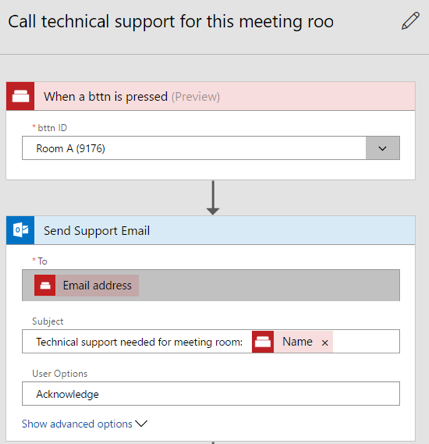
That’s it, you’re now good to go with support scenario. Check out more usecases in the existing Bttn templates, or create a flow from blank.
Flic by Shortcut Labs
Flic is a wireless, smart button that connects to your iOS, Android phone or Mac computer via Bluetooth. One push of the Flic button can shortcut over 60 apps, services and features across all of your devices.
“We are thrilled to partner with Microsoft Flow – it’s an awesome suite of powerful and automated flows that further empowers the Flic community with even more options and possibilities. By joining Microsoft in the quest of helping people work smarter and faster, we give Flow users a convenient way to activate their automated tasks and processes with a simple push of a button. “says Elin Härén, CFO at Shortcut Labs, the company behind Flic.
Customers can leverage Microsoft Flow and Flic buttons to keep quick count of your product in selling points, log the number of onsite participants at an event, keep track of work hours, and many more tasks that can benefit from automation. Check out these Flic templates to get started.
To start using your Flic buttons for Flow, you should first go to your Flic app and pair their clicks with the new Flow action.
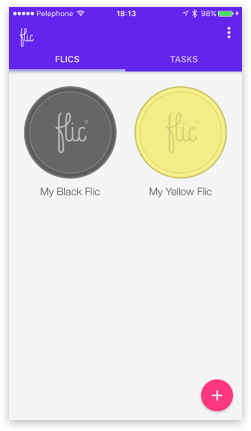
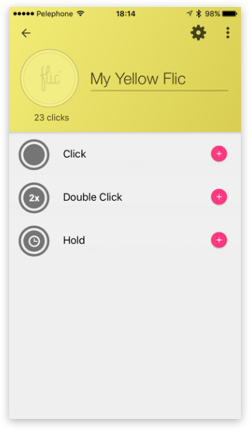
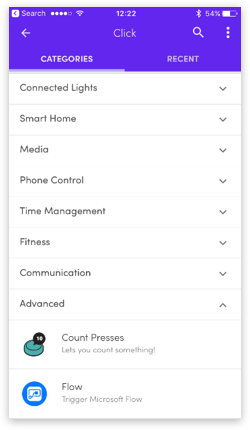
Then,within Microsoft Flow, when creating a new flow from blank or from template, once you select the Flic trigger and sign-in, you will be able to see your registered Flics.

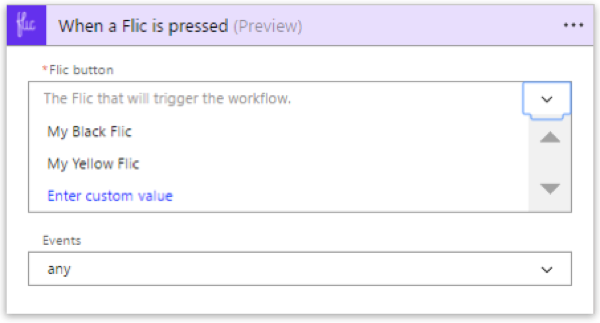
Let’s take a look at an example: a popular use case is one with business users who need to keep track of their work hours, and work locations, so that they can review the info or sum it up at the end of the month. For example, consultants who advise several companies, or project contractors.
A while ago I blogged about how this tracking can be achieved using Flow App buttons.
Now, you can achieve this tracking with a Flic button.
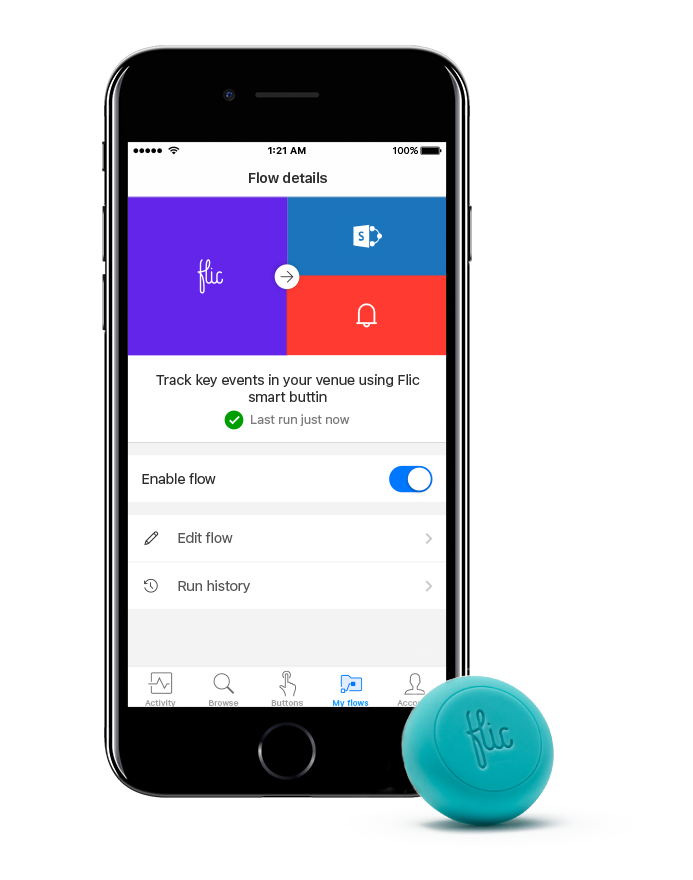
Simply push your Flic upon arrival and upon departure. You can use flic click types of Click, double click and hold to potentially distinguish between your various projects. Pressing the Flic kicks off a workflow so all your info can be logged into the list of your choosing: Excel, Sharepoint, Google sheet, PowerBI, and more.
For our example, check out this template which logs the info into a Google sheet and sends a notification upon success. Map the Flic trigger to use your relevant Flic button and event type.
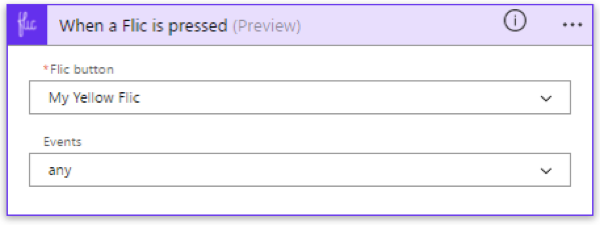
Map the ‘insert row’ steps in the flow to your relevant tracking Google sheet to log ProjectName and Click time. And that’s it, your first Flic flow is configured.
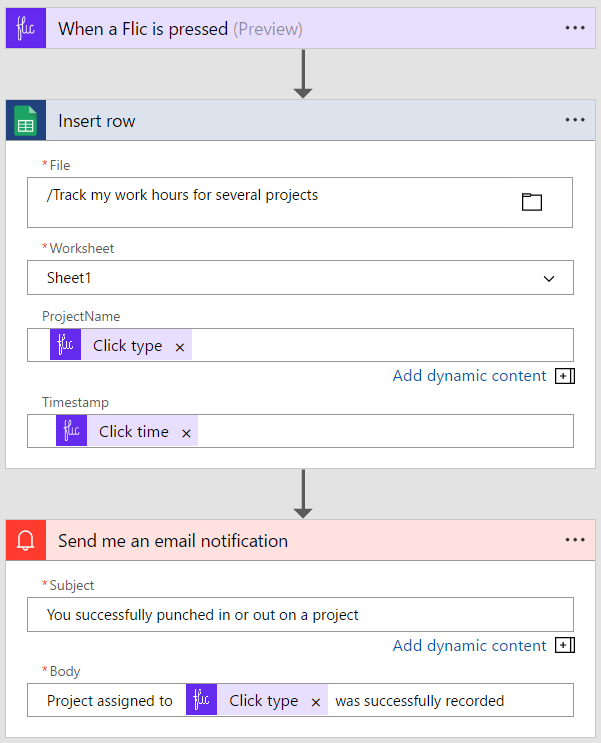
Learn more and connect with us
That’s it, you can now start using physical buttons to trigger Flow. This opens a world of possibilities for you, your colleagues, and your customers. Exciting times ahead!
Visit our Flow community and share what you’re doing, check out our documentation, ask questions or even submit new ideas and reach out to us on Twitter.


